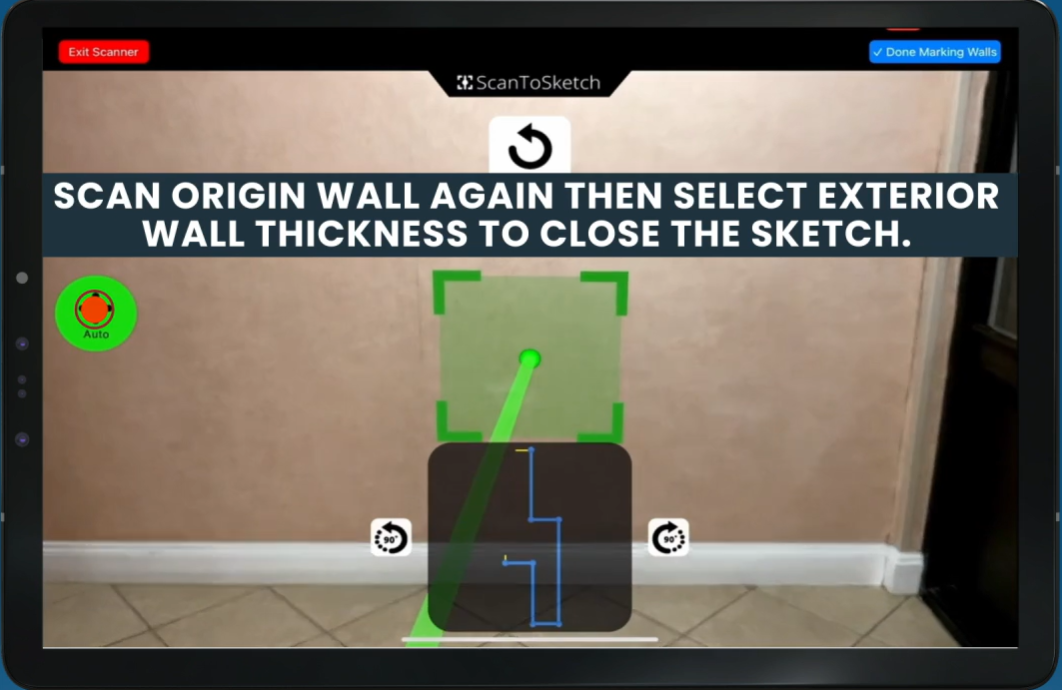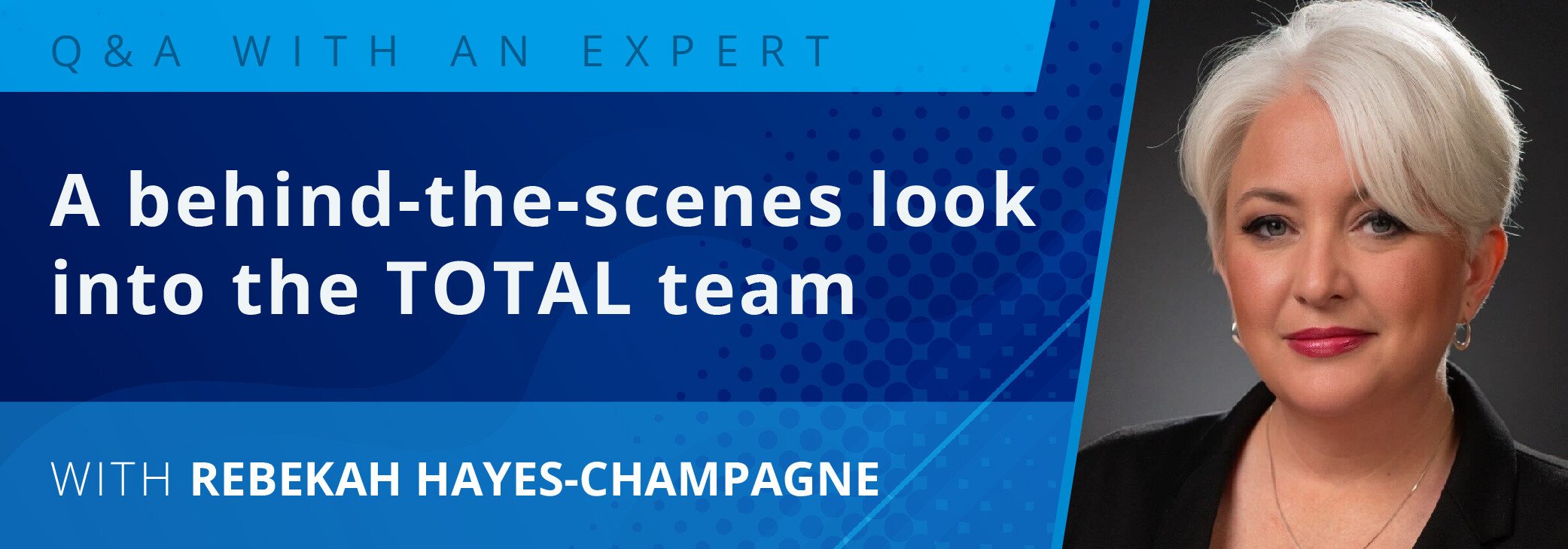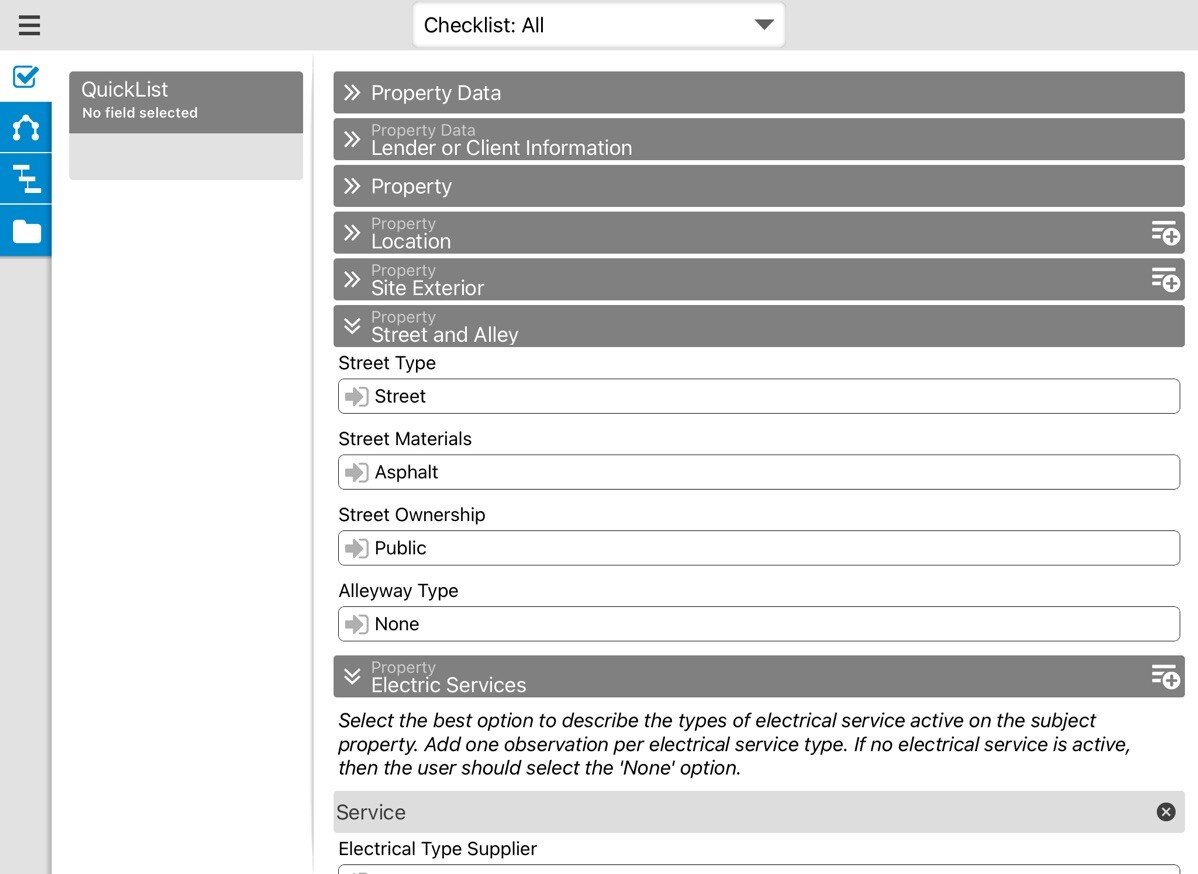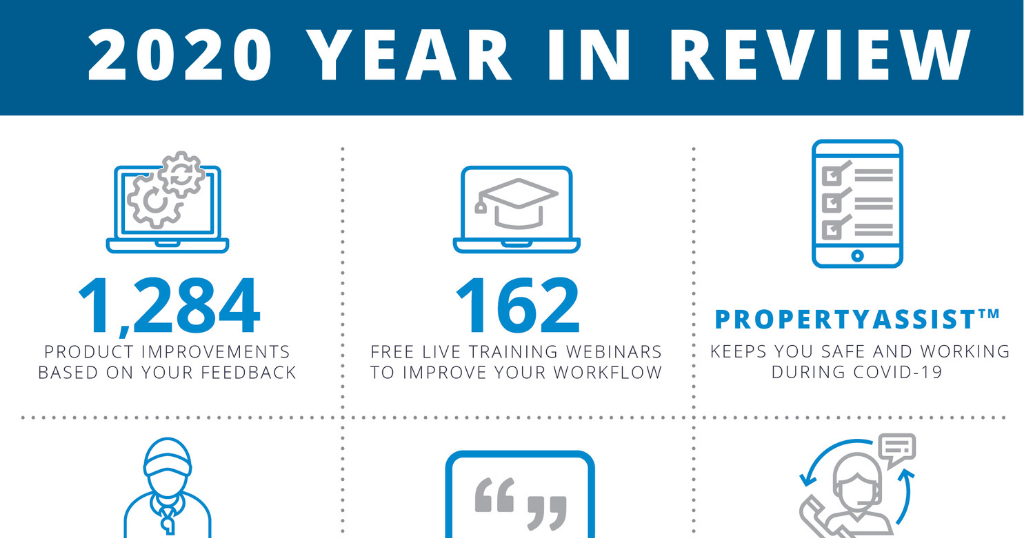The Appraisal Desktop in WinTOTAL (the File Manager in TOTAL 2011) allows you tremendous flexibility and power managing your appraisal reports. No other appraisal software package has anything like WinTOTAL’s File Manager. It’s entirely customizable, and makes use of the simple and easy functionality you expect from a Windows-based program. For instance, moving files from one folder to another is a simple drag-and-drop. To move multiple files at a time, use the Windows function of CTRL + Click to select multiple reports, or even SHIFT + Click to select everything in between two clicks. Then, when you drag one file, all the other selected files go with it.
For folders, you can set these up any way you want, and can also create nested folders, or sub-folders. Some appraisers like to separate their files based on report type, some by date, others by client, and still others by staff. In this example, you can see that I have separated my folders by year, but then broken them down by my staff within that year. If I hire someone new on my staff this year, I’ll simply right-click the 2012 folder and create a new folder within it for her.
Also, while Vault is a cloud-based backup system, some appraisers still like to physically carry their report files with them on a USB flash Drive when they leave the office. Though a manual process, many appraisers use these USB devices to ferry reports from one computer to another. The File Manager in WinTOTAL makes this easier than ever. From the folder menu, choose “Attach Directory,” browse to the external drive, and tell it where you want your files to go. Now, drag into the new folder any files that you want to take with you. Reverse this process on the other machine to drag your files out of the attached directory and into the folders on your home PC. Once you attach a USB drive in this way, if you plug the USB drive into your computer before you open WinTOTAL, the attached drive will appear automatically in the file cabinet when you open WinTOTAL.


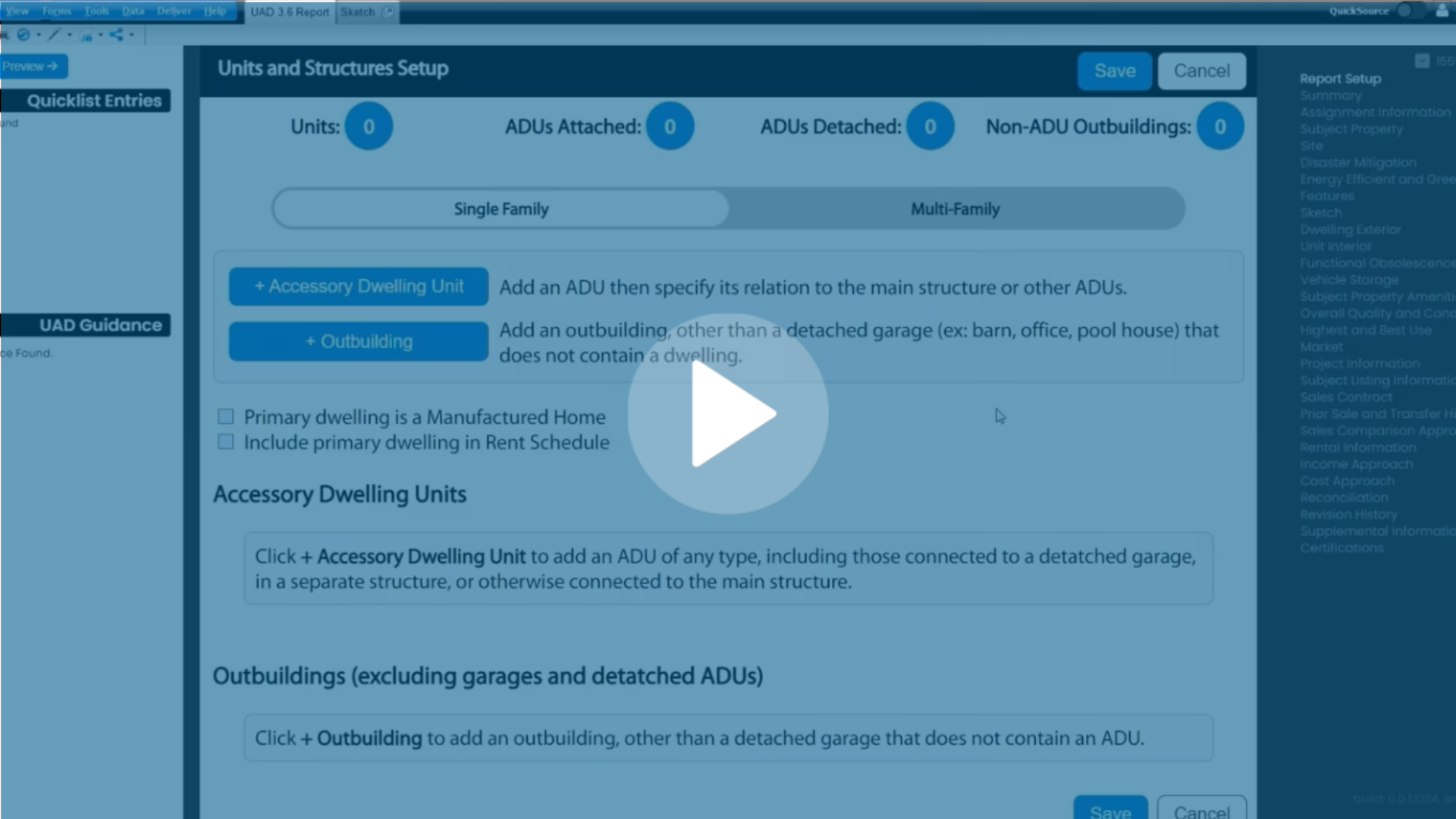
.png)

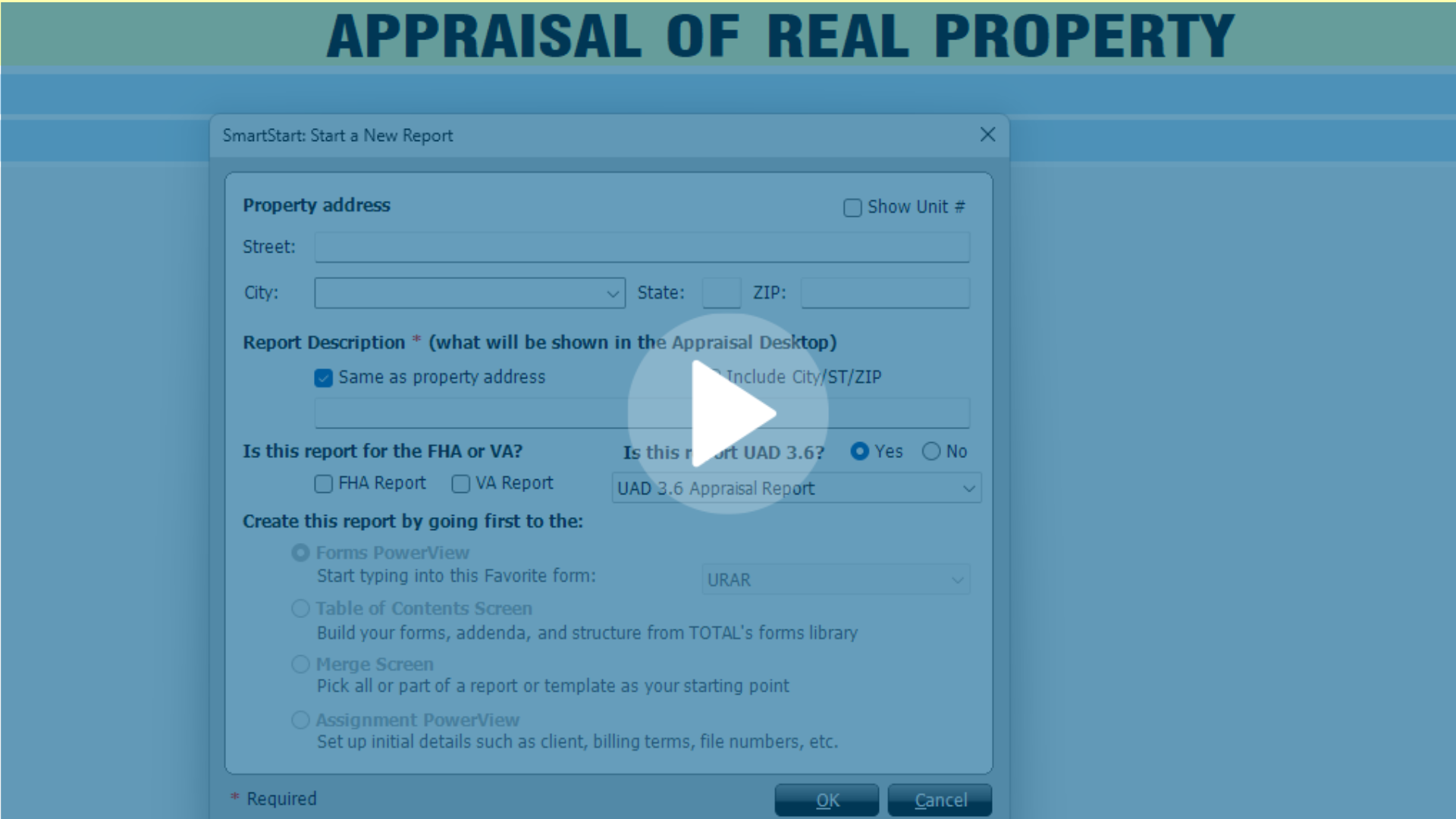


.png)
-1.png)
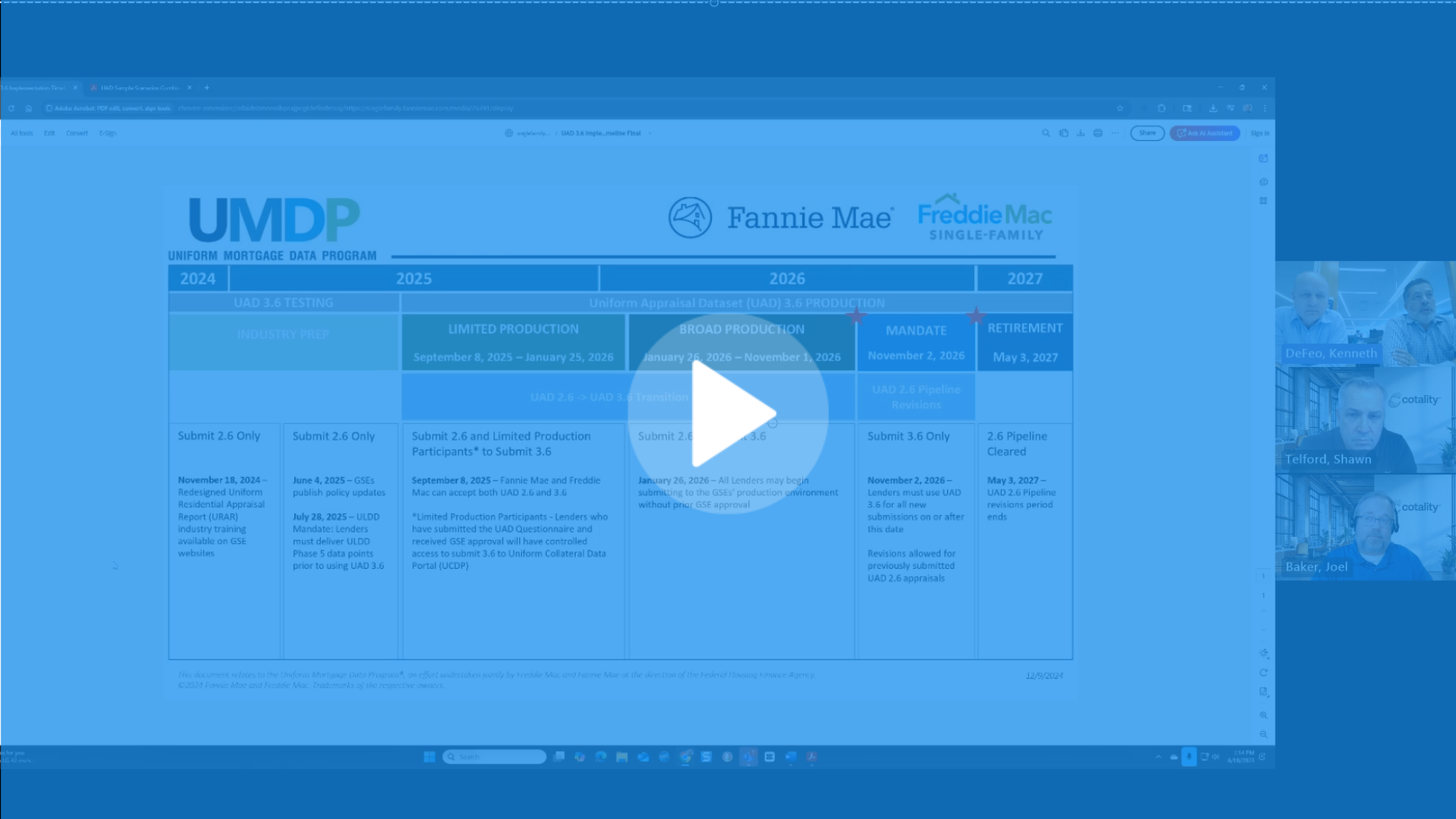
.png)
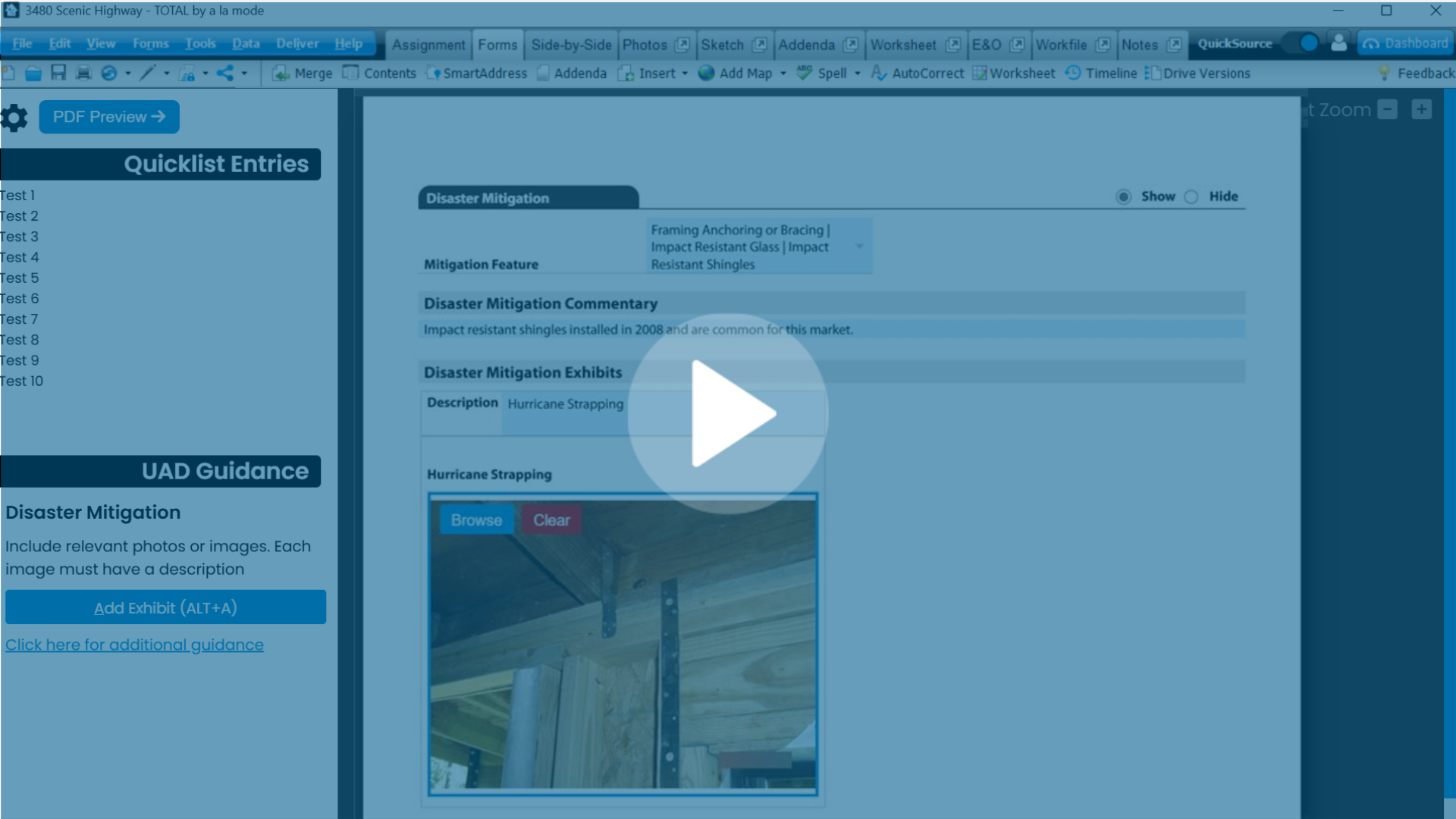
.png)
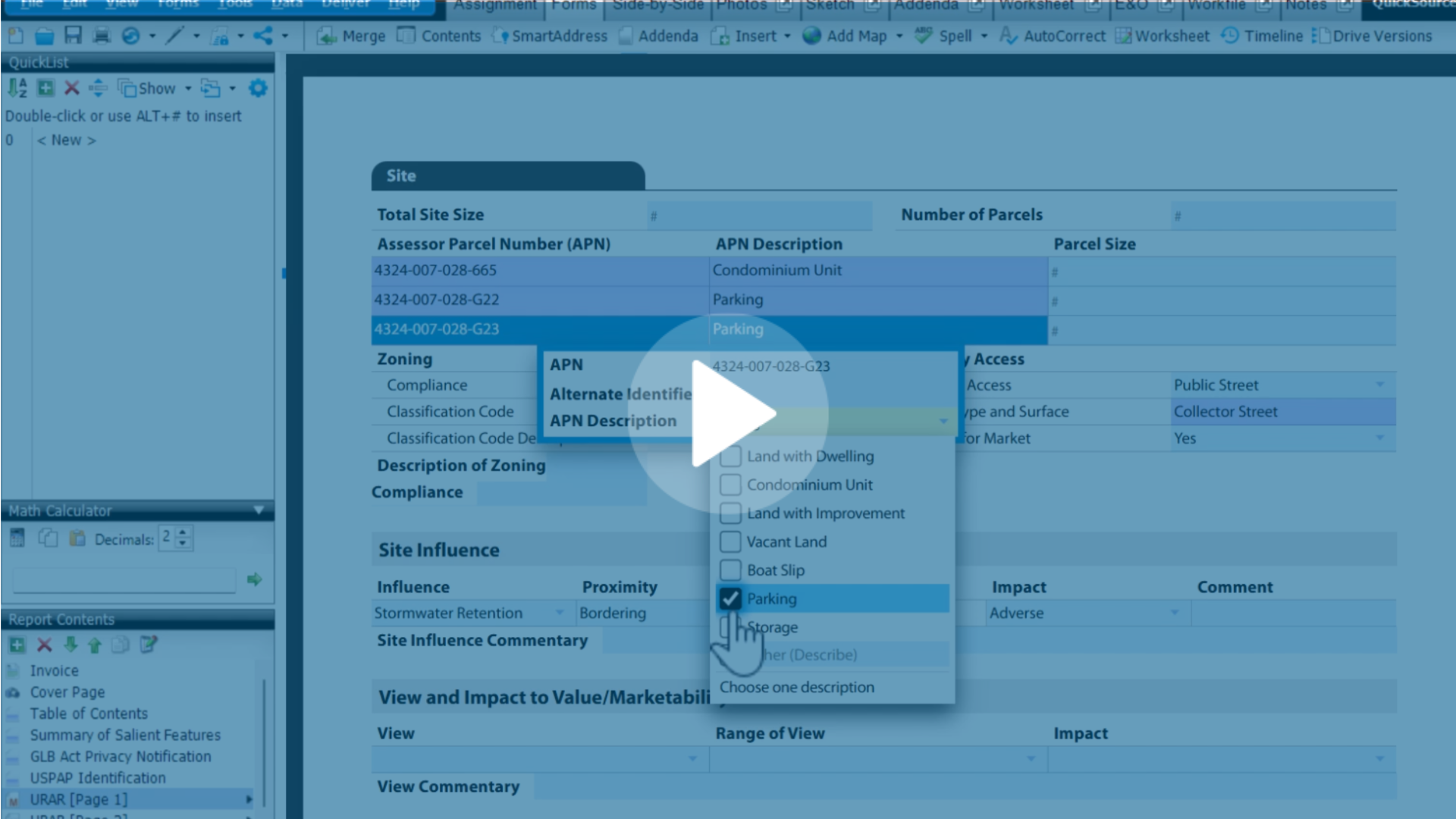
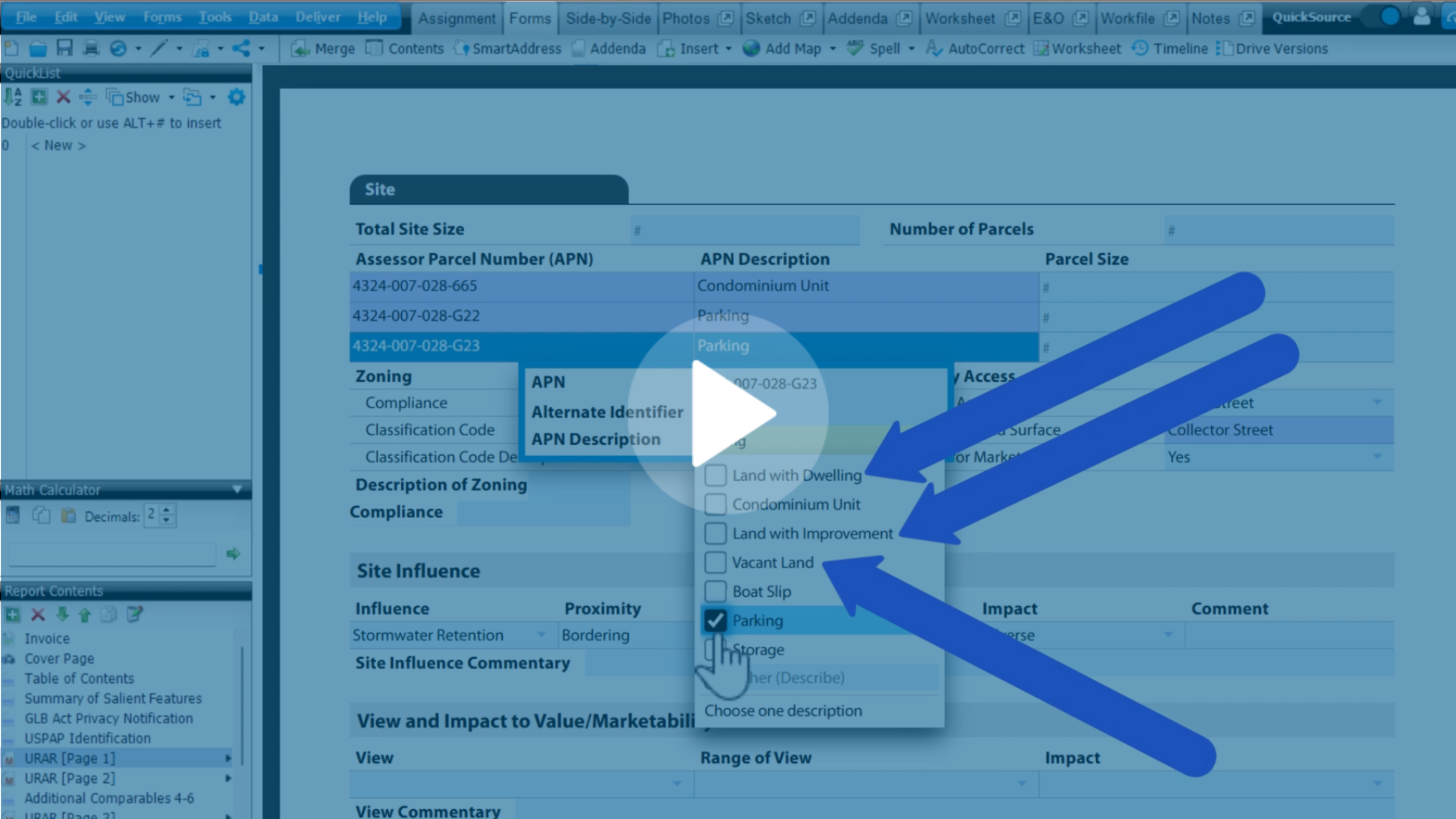
.png)
.png)
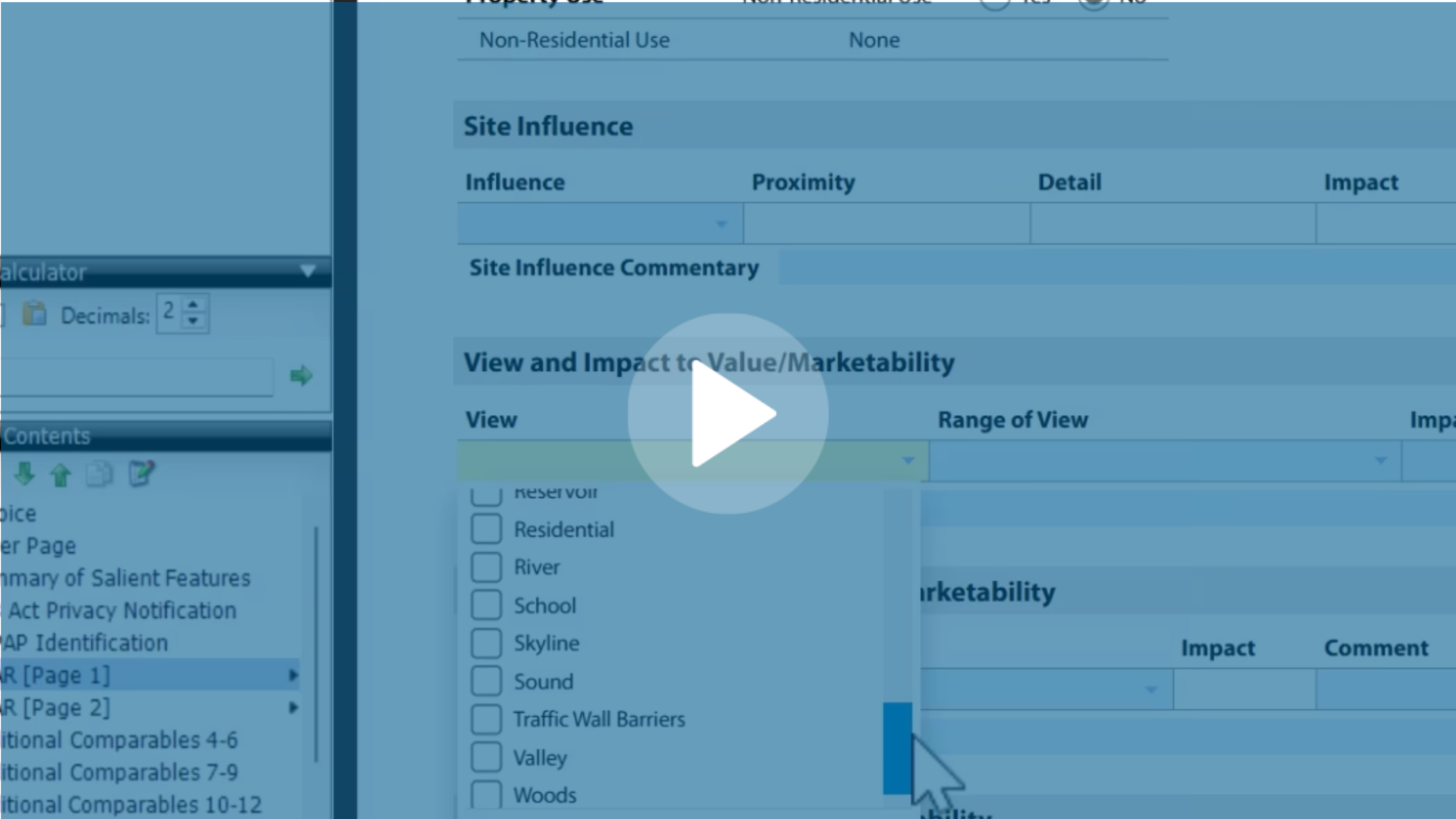
.jpg)
.png)
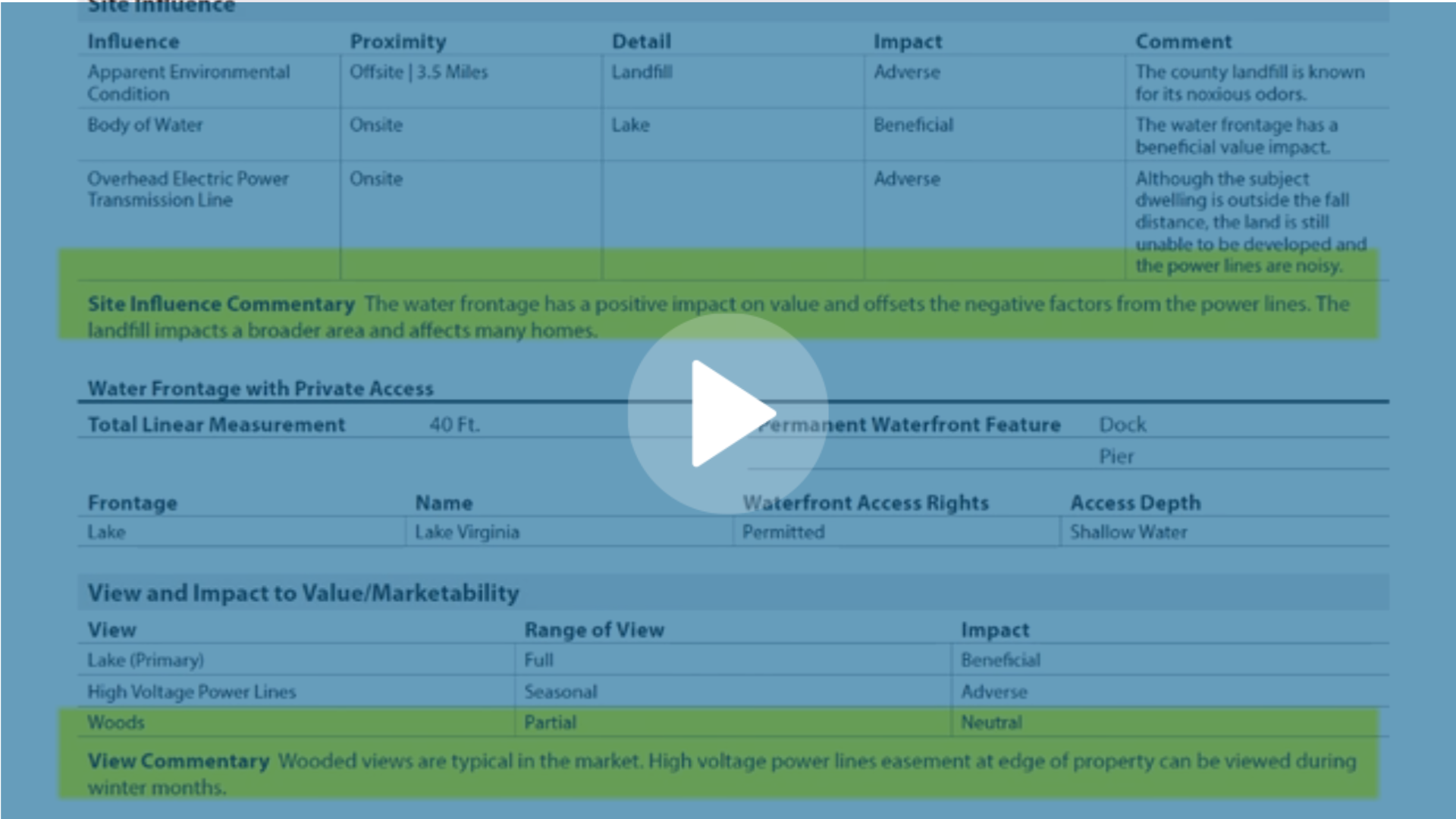
-1.png)



